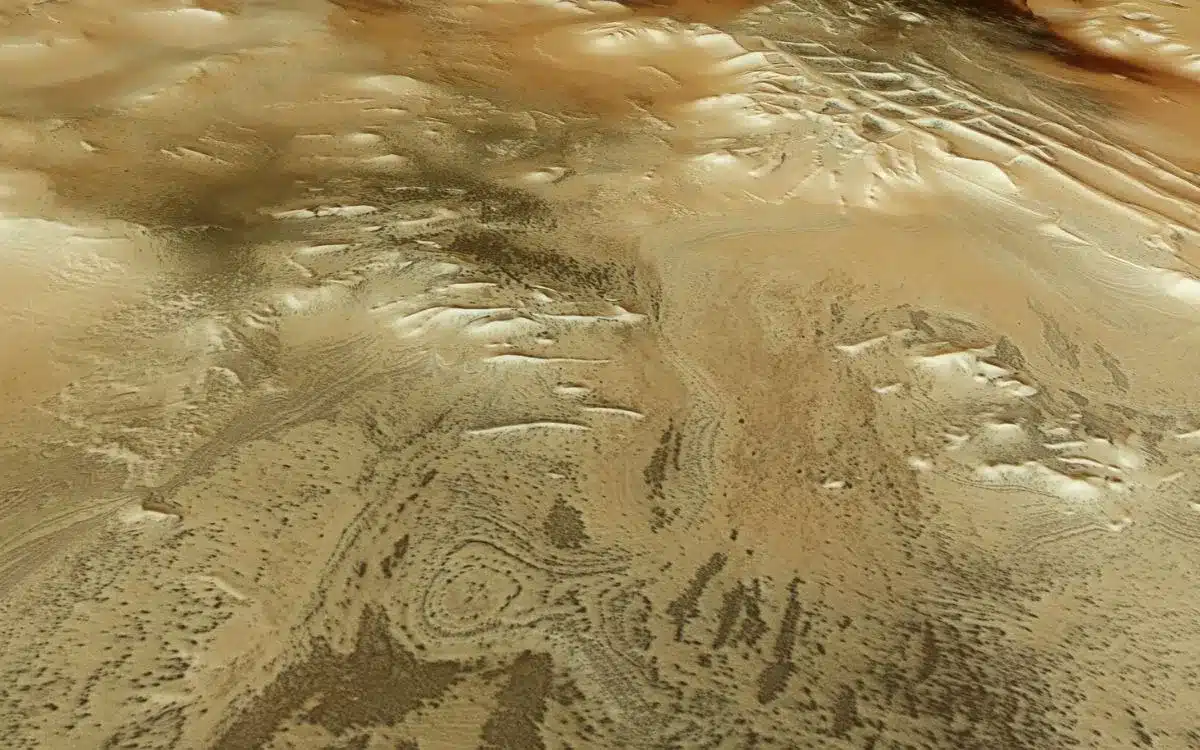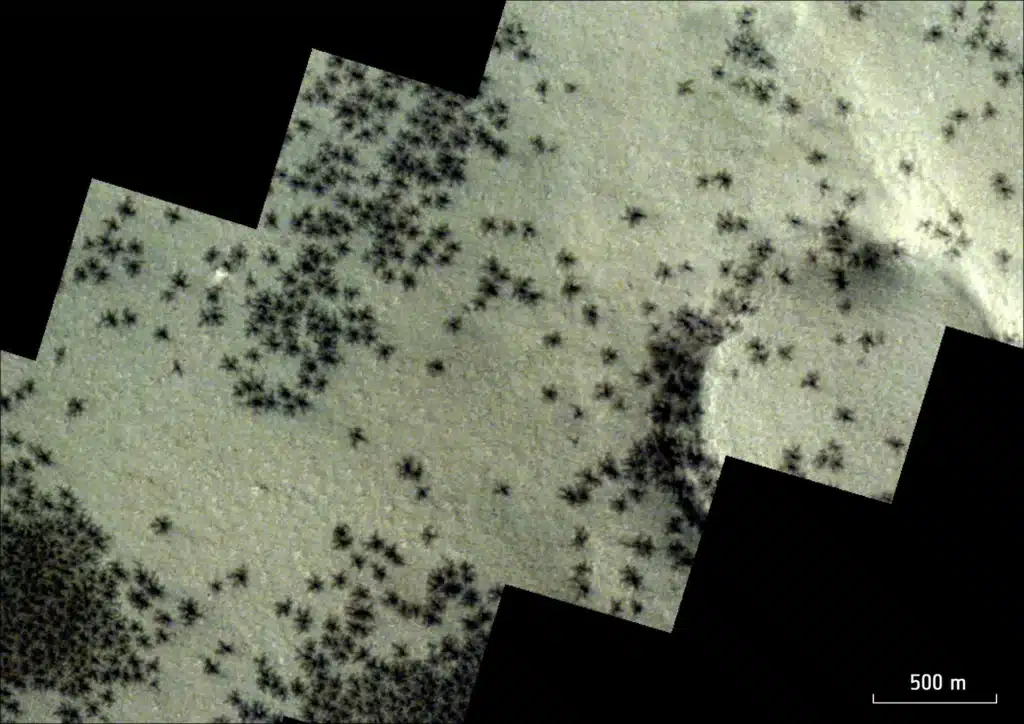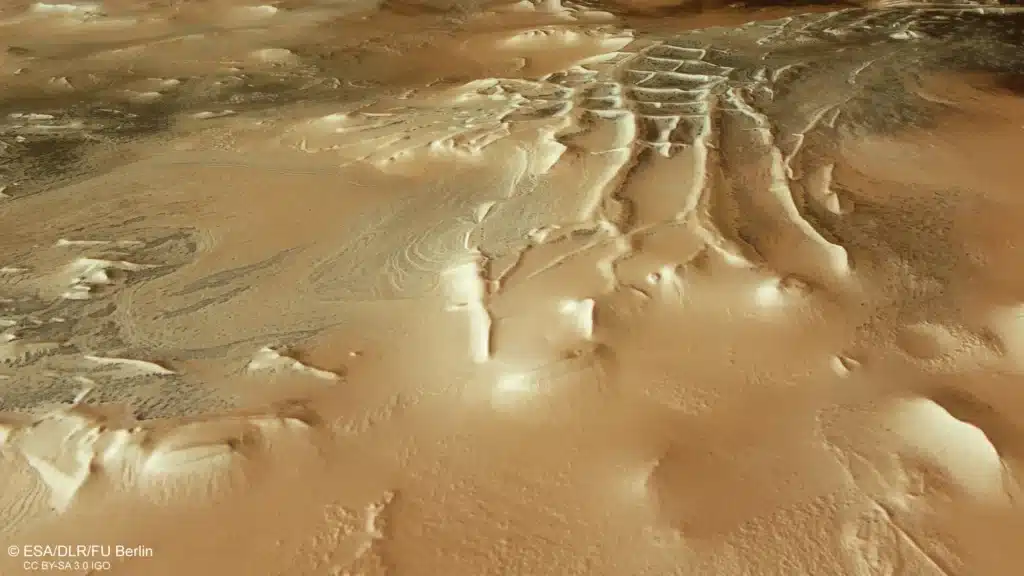Orbiter detects peculiar ‘spider-like’ formations on Mars’ surface
- Spider-like formations have been spotted on the surface of Mars
- The Mars Express was launched by the European Space Agency back in 2003
- The Spider-like formations are the result of a fascinating geological process
Published on Apr 26, 2024 at 1:14 PM (UTC+4)
by Daksh Chaudhary
Last updated on Apr 26, 2024 at 1:14 PM (UTC+4)
Edited by
Tom Wood

The planet Mars always has some surprises up its sleeve, and the latest one comes in the form of peculiar spider-like formations spotted on its surface by the Mars Express orbiter.
The Mars Express was launched by the European Space Agency back in 2003.
Since then, the orbiter has been on a mission to study the Red Planet.
READ MORE: NASA has just generated enough oxygen to sustain a person on Mars
So, what’s with these spider creatures recently spotted by the sharp cameras of the orbiter?
Well, the European Space Agency explains that these formations aren’t the eight-legged creatures we know from Earth.
Instead, they’re the result of a fascinating geological process involving the spring sunshine falling over the carbon dioxide layers.
This process creates tall geysers that scatter Martian soil in patterns resembling spiders, with some stretching as wide as 3,300 feet across.

Yes, we know it would have been far cooler if they were actual spiders instead of a natural process.
However, the discovery of these spider-like formations provides valuable insights into Mars’ geological activity and evolution, shedding light on its mysteries.
Interestingly, these spider-like formations are located near a place on Mars called Inca City.
It’s named for its shapes that look like the remains of old Inca buildings.
The origins of Inca City itself remain a mystery.
Some believe it might be from sand turning into rock or from magma or sand moving through Martian rocks.

The Mars Express orbiter’s observations have sparked further curiosity and research into understanding the Red Planet’s unique features.
Earlier, a Chinese craft captured some unbelievable photos of a Mars dust storm, and now we have this fascinating geological discovery in our hands, adding another fascinating chapter to our exploration of Mars.
However, this is just the start. With SpaceX, NASA, ISRO, and other leading space agencies working and even sending new rovers on the Red Planet, we can expect more fascinating discoveries in the future.

Daksh Chaudhary
Meet Daksh: Not your typical pro, but definitely a pro at being fascinated by supercars, tech, and all things futuristic. When he's not nose-deep in work, catch him glued to anime screens or lost in the pages of a good book.




